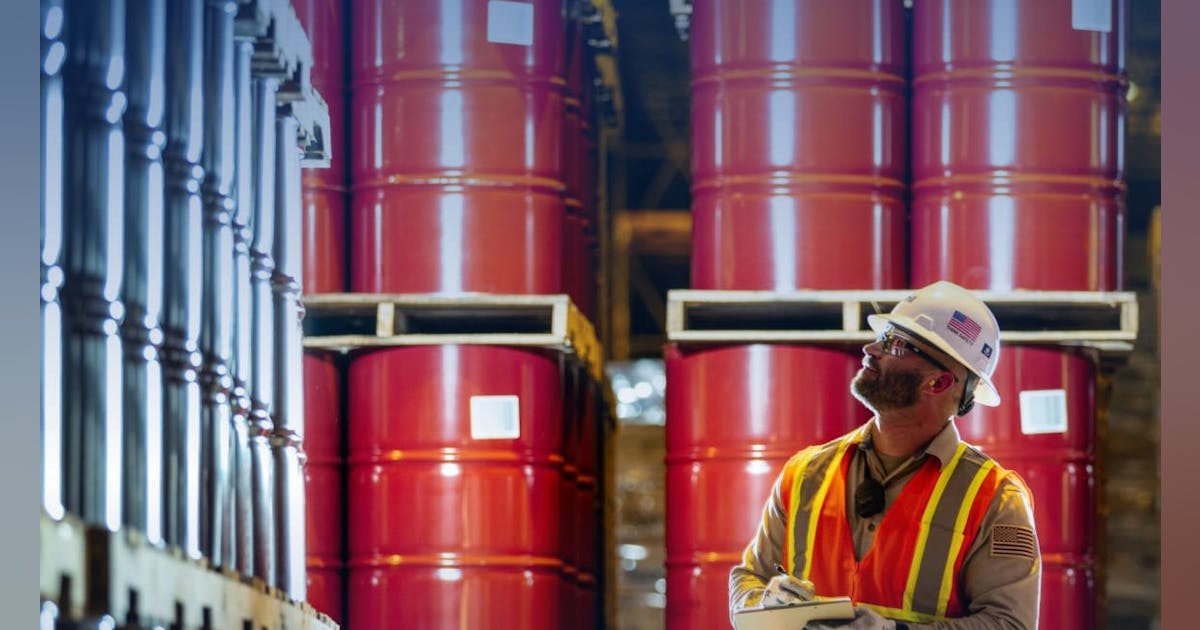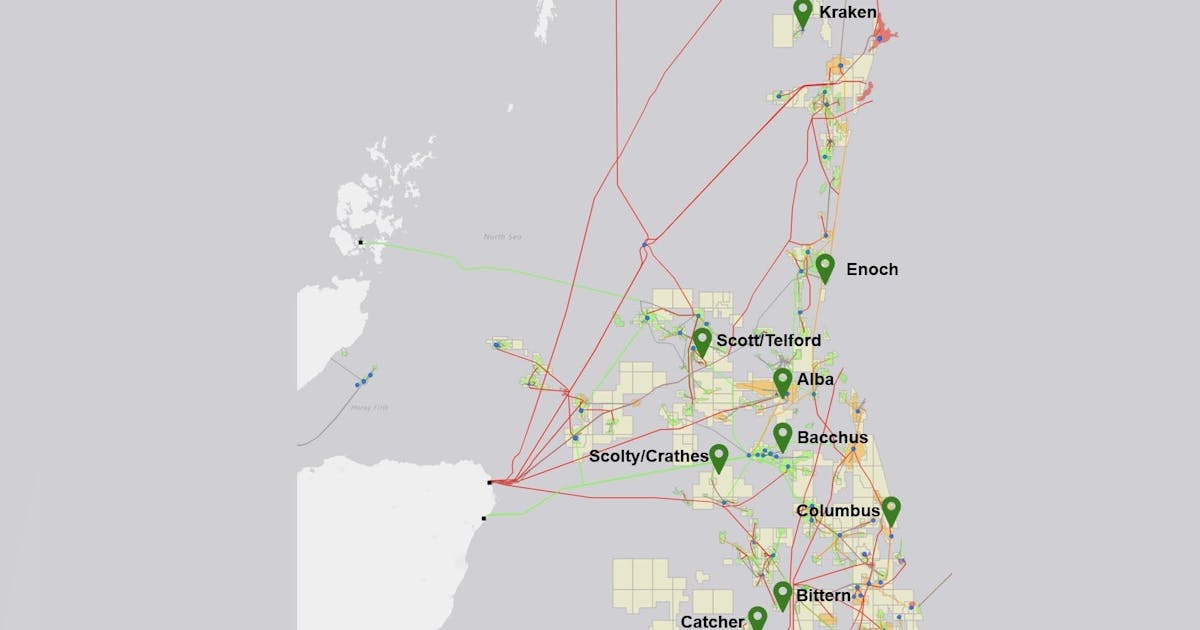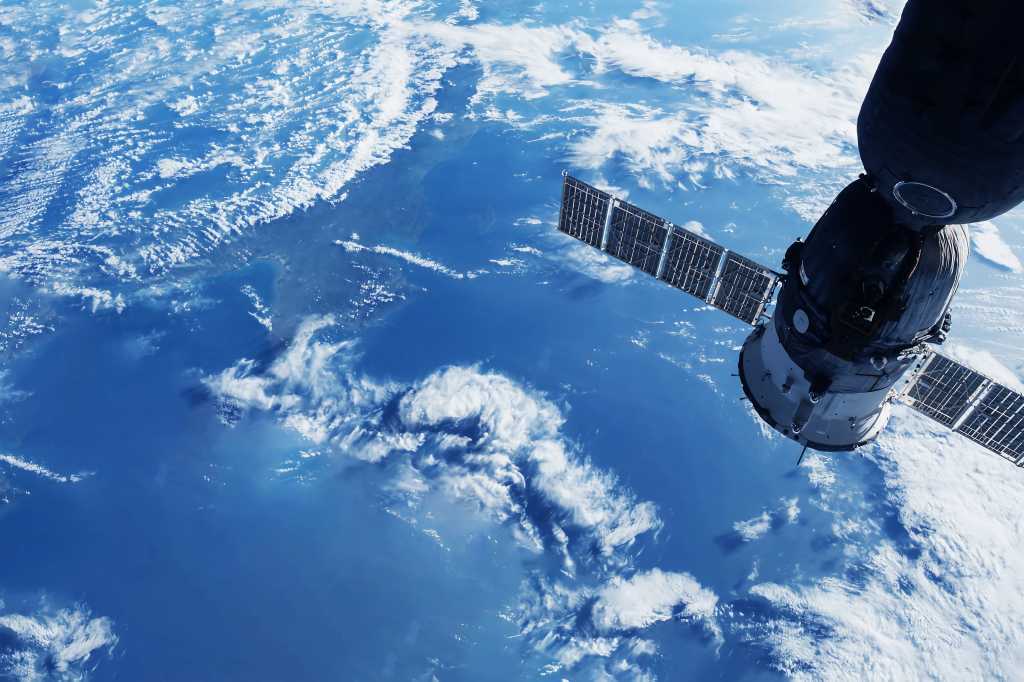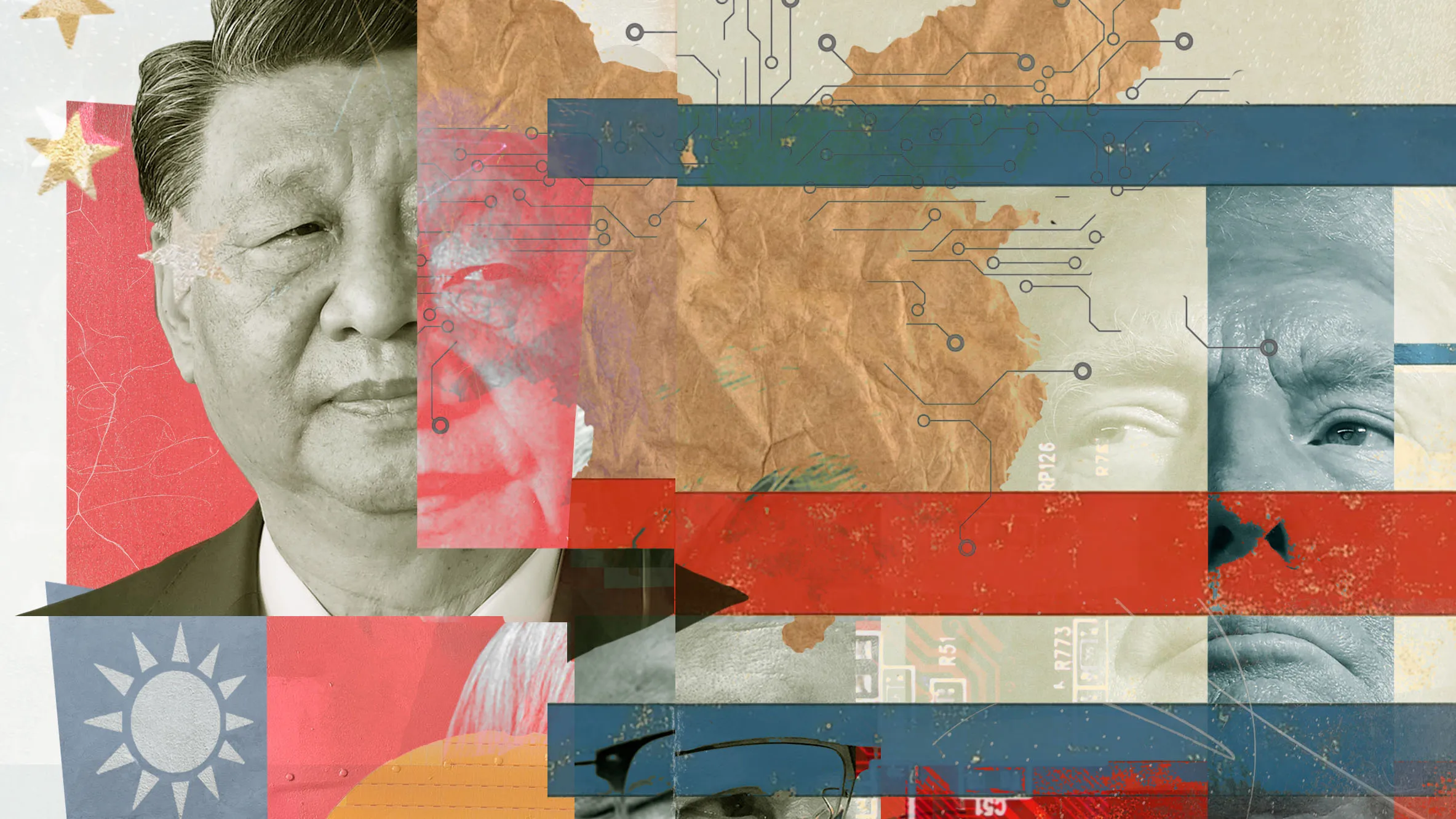
Ever since World War II, the US has been the global leader in science and technology—and benefited immensely from it. Research fuels American innovation and the economy in turn. Scientists around the world want to study in the US and collaborate with American scientists to produce more of that research. These international collaborations play a critical role in American soft power and diplomacy. The products Americans can buy, the drugs they have access to, the diseases they’re at risk of catching—are all directly related to the strength of American research and its connections to the world’s scientists.
That scientific leadership is now being dismantled, according to more than 10 federal workers who spoke to MIT Technology Review, as the Trump administration—spearheaded by Elon Musk’s Department of Government Efficiency (DOGE)—slashes personnel, programs, and agencies. Meanwhile, the president himself has gone after relationships with US allies.
These workers come from several agencies, including the Departments of State, Defense, and Commerce, the US Agency for International Development, and the National Science Foundation. All of them occupy scientific and technical roles, many of which the average American has never heard of but which are nevertheless critical, coordinating research, distributing funding, supporting policymaking, or advising diplomacy.
They warn that dismantling the behind-the-scenes scientific research programs that backstop American life could lead to long-lasting, perhaps irreparable damage to everything from the quality of health care to the public’s access to next-generation consumer technologies. The US took nearly a century to craft its rich scientific ecosystem; if the unraveling that has taken place over the past month continues, Americans will feel the effects for decades to come.
Most of the federal workers spoke on condition of anonymity because they were not authorized to talk or for fear of being targeted. Many are completely stunned and terrified by the scope and totality of the actions. While every administration brings its changes, keeping the US a science and technology leader has never been a partisan issue. No one predicted the wholesale assault on these foundations of American prosperity.
“If you believe that innovation is important to economic development, then throwing a wrench in one of the most sophisticated and productive innovation machines in world history is not a good idea,” says Deborah Seligsohn, an assistant professor of political science at Villanova University who worked for two decades in the State Department on science issues. “They’re setting us up for economic decline.”
The biggest funder of innovation
The US currently has the most top-quality research institutes in the world. This includes world-class universities like MIT (which publishes MIT Technology Review) and the University of California, Berkeley; national labs like Oak Ridge and Los Alamos; and federal research facilities run by agencies like the National Oceanic and Atmospheric Administration and the Department of Defense. Much of this network was developed by the federal government after World War II to bolster the US position as a global superpower.
Before the Trump administration’s wide-ranging actions, which now threaten to slash federal research funding, the government remained by far the largest supporter of scientific progress. Outside of its own labs and facilities, it funded more than 50% of research and development across higher education, according to data from the National Science Foundation. In 2023, that came to nearly $60 billion out of the $109 billion that universities spent on basic science and engineering.
The return on these investments is difficult to measure. It can often take years or decades for this kind of basic science research to have tangible effects on the lives of Americans and people globally, and on the US’s place in the world. But history is littered with examples of the transformative effect that this funding produces over time. The internet and GPS were first developed through research backed by the Department of Defense, as was the quantum dot technology behind high-resolution QLED television screens. Well before they were useful or commercially relevant, the development of neural networks that underpin nearly all modern AI systems was substantially supported by the National Science Foundation. The decades-long drug discovery process that led to Ozempic was incubated by the Department of Veterans Affairs and the National Institutes of Health. Microchips. Self-driving cars. MRIs. The flu shot. The list goes on and on.
In her 2013 book The Entrepreneurial State, Mariana Mazzucato, a leading economist studying innovation at University College London, found that every major technological transformation in the US, from electric cars to Google to the iPhone, can trace its roots back to basic science research once funded by the federal government. If the past offers any lesson, that means every major transformation in the future could be shortchanged with the destruction of that support.
The Trump administration’s distaste for regulation will arguably be a boon in the short term for some parts of the tech industry, including crypto and AI. But the federal workers said the president’s and Musk’s undermining of basic science research will hurt American innovation in the long run. “Rather than investing in the future, you’re burning through scientific capital,” an employee at the State Department said. “You can build off the things you already know, but you’re not learning anything new. Twenty years later, you fall behind because you stopped making new discoveries.”
A global currency
The government doesn’t just give money, either. It supports American science in numerous other ways, and the US reaps the returns. The Department of State helps attract the best students from around the world to American universities. Amid stagnating growth in the number of homegrown STEM PhD graduates, recruiting foreign students remains one of the strongest pathways for the US to expand its pool of technical talent, especially in strategic areas like batteries and semiconductors. Many of those students stay for years, if not the rest of their lives; even if they leave the country, they’ve already spent some of their most productive years in the US and will retain a wealth of professional connections with whom they’ll collaborate, thereby continuing to contribute to US science.
The State Department also establishes agreements between the US and other countries and helps broker partnerships between American and international universities. That helps scientists collaborate across borders on everything from global issues like climate change to research that requires equipment on opposite sides of the world, such as the measurement of gravitational waves.
The international development work of USAID in global health, poverty reduction, and conflict alleviation—now virtually shut down in its entirety—was designed to build up goodwill toward the US globally; it improved regional stability for decades. In addition to its inherent benefits, this allowed American scientists to safely access diverse geographies and populations, as well as plant and animal species not found in the US. Such international interchange played just as critical a role as government funding in many crucial inventions.
Several federal agencies, including the Centers for Disease Control and Prevention, the Environmental Protection Agency, and the National Oceanic and Atmospheric Administration, also help collect and aggregate critical data on disease, health trends, air quality, weather, and more from disparate sources that feed into the work of scientists across the country.
The National Institutes of Health, for example, has since 2015 been running the Precision Medicine Initiative, the only effort of its kind to collect extensive and granular health data from over 1 million Americans who volunteer their medical records, genetic history, and even Fitbit data to help researchers understand health disparities and develop personalized and more effective treatments for disorders from heart and lung disease to cancer. The data set, which is too expensive for any one university to assemble and maintain, has already been used in hundreds of papers that will lay the foundation for the next generation of life-saving pharmaceuticals.
Beyond fueling innovation, a well-supported science and technology ecosystem bolsters US national security and global influence. When people want to study at American universities, attend international conferences hosted on American soil, or move to the US to work or to found their own companies, the US stays the center of global innovation activity. This ensures that the country continues to get access to the best people and ideas, and gives it an outsize role in setting global scientific practices and priorities. US research norms, including academic freedom and a robust peer review system, become global research norms that lift the overall quality of science. International agencies like the World Health Organization take significant cues from American guidance.
US scientific leadership has long been one of the country’s purest tools of soft power and diplomacy as well. Countries keen to learn from the American innovation ecosystem and to have access to American researchers and universities have been more prone to partner with the US and align with its strategic priorities.
Just one example: Science diplomacy has long played an important role in maintaining the US’s strong relationship with the Netherlands, which is home to ASML, the only company in the world that can produce the extreme ultraviolet lithography machines needed to produce the most advanced semiconductors. These are critical for both AI development and national security.
International science cooperation has also served as a stabilizing force in otherwise difficult relationships. During the Cold War, the US and USSR continued to collaborate on the International Space Station; during the recent heightened economic competition between the US and China, the countries have remained each other’s top scientific partners. “Actively working together to solve problems that we both care about helps maintain the connections and the context but also helps build respect,” Seligsohn says.
The federal government itself is a significant beneficiary of the country’s convening power for technical expertise. Among other things, experts both inside and outside the government support its sound policymaking in science and technology. During the US Senate AI Insight Forums, co-organized by Senator Chuck Schumer through the fall of 2023, for example, the Senate heard from more than 150 experts, many of whom were born abroad and studying at American universities, working at or advising American companies, or living permanently in the US as naturalized American citizens.
Federal scientists and technical experts at government agencies also work on wide-ranging goals critical to the US, including building resilience in the face of an increasingly erratic climate; researching strategic technologies such as next-generation battery technology to reduce the country’s reliance on minerals not found in the US; and monitoring global infectious diseases to prevent the next pandemic.
“Every issue that the US faces, there are people that are trying to do research on it and there are partnerships that have to happen,” the State Department employee said.
A system in jeopardy
Now the breadth and velocity of the Trump administration’s actions has led to an unprecedented assault on every pillar upholding American scientific leadership.
For starters, the purging of tens of thousands—and perhaps soon hundreds of thousands—of federal workers is removing scientists and technologists from the government and paralyzing the ability of critical agencies to function. Across multiple agencies, science and technology fellowship programs, designed to bring in talented early-career staff with advanced STEM degrees, have shuttered. Many other federal scientists were among the thousands who were terminated as probationary employees, a status they held because of the way scientific roles are often contractually structured.
Some agencies that were supporting or conducting their own research, including the National Institutes of Health and the National Science Foundation, are no longer functionally operational. USAID has effectively shuttered, eliminating a bastion of US expertise, influence, and credibility overnight.
“Diplomacy is built on relationships. If we’ve closed all these clinics and gotten rid of technical experts in our knowledge base inside the government, why would any foreign government have respect for the US in our ability to hold our word and in our ability to actually be knowledgeable?” a terminated USAID worker said. “I really hope America can save itself.”
Now the Trump administration has sought to reverse some terminations after discovering that many were key to national security, including nuclear safety employees responsible for designing, building, and maintaining the country’s nuclear weapons arsenal. But many federal workers I spoke to can no longer imagine staying in the public sector. Some are considering going into industry. Others are wondering whether it will be better to move abroad.
“It’s just such a waste of American talent,” said Fiona Coleman, a terminated federal scientist, her voice cracking with emotion as she described the long years of schooling and training she and her colleagues went through to serve the government.
Many fear the US has also singlehandedly kneecapped its own ability to attract talent from abroad. Over the last 10 years, even as American universities have continued to lead the world, many universities in other countries have rapidly leveled up. That includes those in Canada, where liberal immigration policies and lower tuition fees have driven a 200% increase in international student enrollment over the last decade, according to Anna Esaki-Smith, cofounder of a higher-education research consultancy called Education Rethink and author of Make College Your Superpower.
Germany has also seen an influx, thanks to a growing number of English-taught programs and strong connections between universities and German industry. Chinese students, who once represented the largest share of foreign students in the US, are increasingly staying at home or opting to study in places like Hong Kong, Singapore, and the UK.
During the first Trump administration, many international students were already more reluctant to come to the US because of the president’s hostile rhetoric. With the return and rapid escalation of that rhetoric, Esaki-Smith is hearing from some universities that international students are declining their admissions offers.
Add to that the other recent developments—the potential dramatic cuts in federal research funding, the deletion of scores of rich public data sets on health and the environment, the clampdown on academic freedom for research that appears related to diversity, equity, and inclusion and the fear that these restrictions could ultimately encompass other politically charged topics like climate change or vaccines—and many more international science and engineering students could decide to head elsewhere.
“I’ve been hearing this increasingly from several postdocs and early-career professors, fearing the cuts in NIH or NSF grants, that they’re starting to look for funding or job opportunities in other countries,” Coleman told me. “And then we’re going to be training up the US’s competitors.”
The attacks could similarly weaken the productivity of those who stay at American universities. While many of the Trump administration’s actions are now being halted and scrutinized by US judges, the chaos has weakened a critical prerequisite for tackling the toughest research problems: a long-term stable environment. With reports that the NSF is combing through research grants for words like “women,” “diverse,” and “institutional” to determine whether they violate President Trump’s executive order on DEIA programs, a chilling effect is also setting in among federally funded academics uncertain whether they’ll get caught in the dragnet.
To scientists abroad, the situation in the US government has marked American institutions and researchers as potentially unreliable partners, several federal workers told me. If international researchers think collaborations with the US can end at any moment when funds are abruptly pulled or certain topics or keywords are suddenly blacklisted, many of them could steer clear and look to other countries. “I’m really concerned about the instability we’re showing,” another employee at the State Department said. “What’s the point in even engaging? Because science is a long-term initiative and process that outlasts administrations and political cycles.”
Meanwhile, international scientists have far more options these days for high-caliber colleagues to collaborate with outside America. In recent years, for example, China has made a remarkable ascent to become a global peer in scientific discoveries. By some metrics, it has even surpassed the US; it started accounting for more of the top 1% of most-cited papers globally, often called the Nobel Prize tier, back in 2019 and has continued to improve the quality of the rest of its research.
Where Chinese universities can also entice international collaborators with substantial resources, the US is more limited in its ability to offer tangible funding, the State employee said. Until now, the US has maintained its advantage in part through the prestige of its institutions and its more open cultural norms, including stronger academic freedom. But several federal scientists warn that this advantage is dissipating.
“America is made up of so many different people contributing to it. There’s such a powerful global community that makes this country what it is, especially in science and technology and academia and research. We’re going to lose that; there’s not a chance in the world that we’re not going to lose that through stuff like this,” says Brigid Cakouros, a federal scientist who was also terminated from USAID. “I have no doubt that the international science community will ultimately be okay. It’ll just be a shame for the US to isolate themselves from it.”























